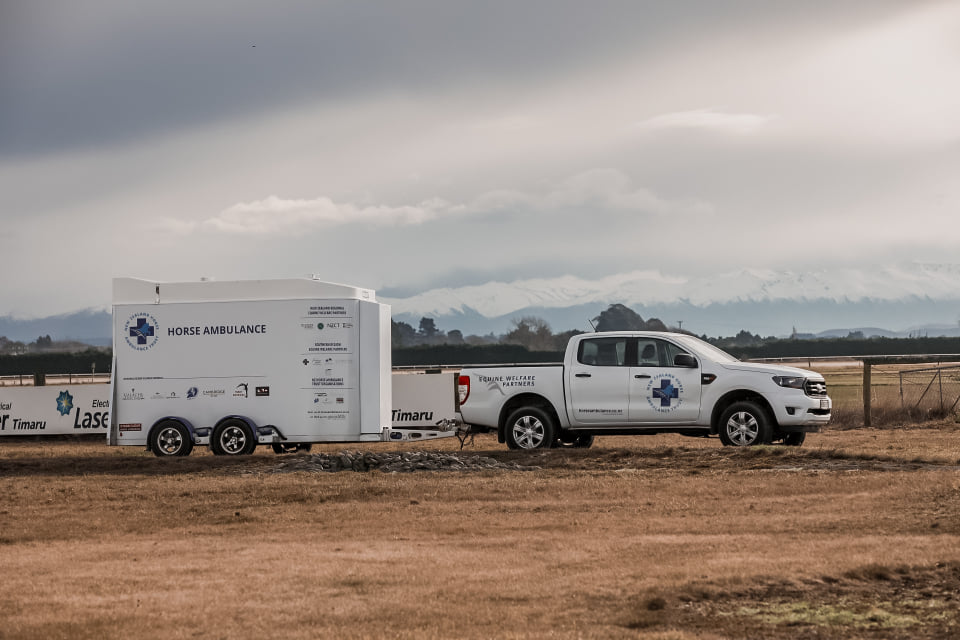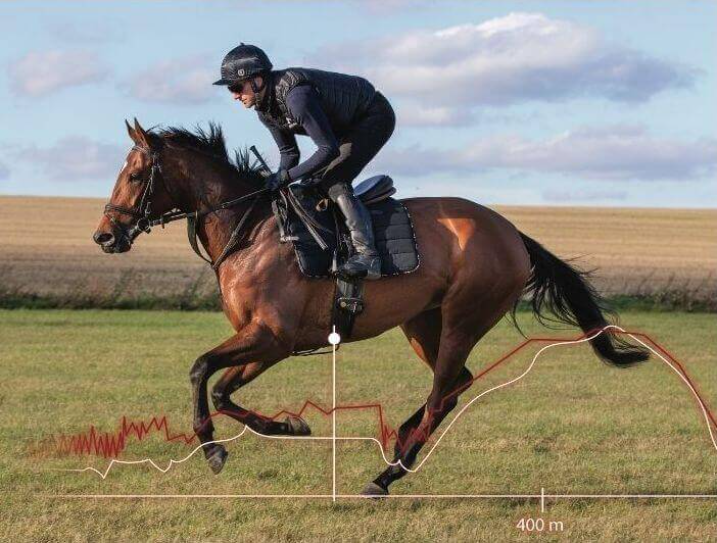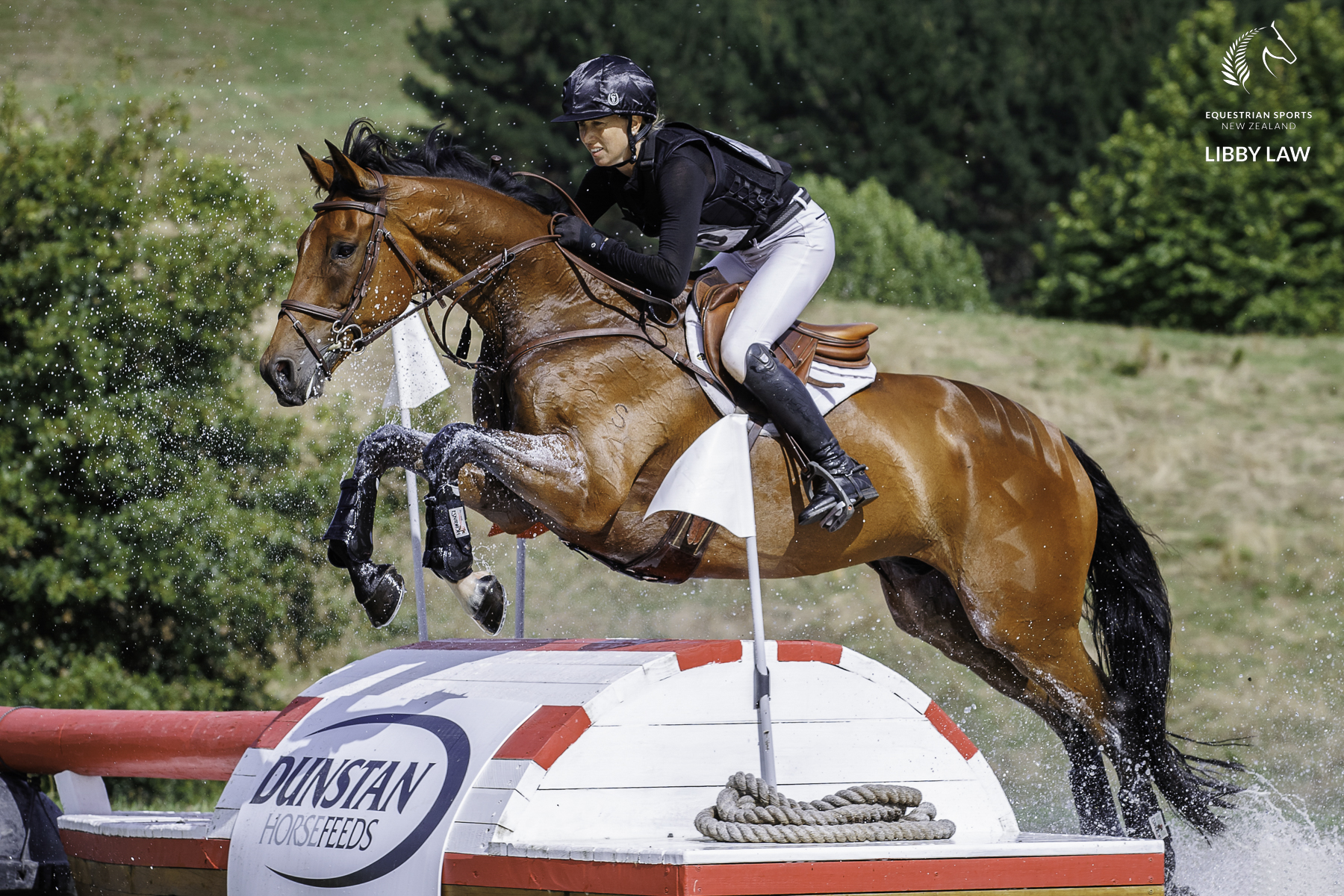Welcome to the second edition of the 1% - Thoroughbred Welfare update. This Newsletter marks just over one year since the 1 September introduction of the 1% welfare levy on stakes money, so is a great opportunity to look back at progress in the Thoroughbred welfare space. As previously mentioned, full transparency and breakdown will be provided on the spend of this levy. This will be included in the 2022 NZTR Annual Report and also in the next quarterly newsletter.
In the meanwhile, please enjoy an update on our current activity in the Thoroughbred welfare space.
As always, we welcome any thoughts or feedback you may have.
ACKNOWLEDGED RETRAINERS
The NZTR Acknowledged Retainer Network has now been operational for one year, and in that time the Retrainers have collectively rehomed nearly 250 Thoroughbreds.
The second Acknowledged Retrainers clinic held in early August which provided an excellent opportunity for Acknowledged Retrainers to receive some one-on-one coaching, in addition to presentations from equine welfare professionals and workshop sessions which provided great feedback to NZTR.
NZTR Acknowledged Retrainers also continue to receive various financial supports via the 1% Welfare Levy on prize money.
The first year of the Acknowledged Retrainers network has highlighted the need for buy-in and support at an industry wide level for the network to succeed and continue offering quality service to the Thoroughbreds rehomed and people involved. An important aspect is that everyone who owns or trains a Thoroughbred has a responsibility for ensuring that that horse has an ‘exit strategy’ in place for when the time comes for it to leave the racing industry.
For horses who retire sound and in good health, the Trainer and owners’ responsibility can be as simple as continuing to provide financial support and care for the horse until such a time when a space at a NZTR Acknowledged Retrainer’s property (or another suitable rehoming opportunity) becomes available. Then, a horse’s connections should ensure that the horse is well shod, provide transport to that Acknowledged Retrainers property, and submit a SR24 Death or Retirement form for the horse to NZTR (this ‘zero fee’ form can be completed online via Portal or by sending the completed form by email to traceability@nztr.co.nz). It is also crucial that any relevant medical or behavioral history is passed on to give the horse the greatest chance of success in its new career.
For other horses, the transition may not be so smooth, and a period of rehabilitation and prolonged care by racing connections may be required before a Thoroughbred is able to begin a new career. It is vitally important for trainers and owners to have open discussions around what retirement may look like for each horse and if being rehomed is genuinely the right option for every horse.
We are aware of and commend those Trainers or Syndicators who already have up-front agreements in which the owners commit to provide for the time and costs that may be entailed at the end of the horse’s racing career. NZTR encourages and is happy to assist in promoting the awareness of such industry ‘best practice’.
NZTR is also pleased to note industry recognition of the importance of Thoroughbred retraining as highlighted brilliantly by the recent pledge of Riverrock Farm to donate a portion of proceeds from their upcoming horse sales to their selected retrainers. It really cannot be overstated how much supporting our Acknowledged Retrainers is critical for us as an industry to ensure continued good welfare outcomes for our equine athletes.
HELPING HORSES FOUND IN A STATE OF NEGLECT
Through agreements with the SPCA and select equine rescue groups, NZTR provided financial and practical assistance to 31 Thoroughbreds found to be in a state of neglect in the 2021/2022 season.
Assistance can range from arranging foster care or assisting the costs of transport and veterinary treatment. Occasionally this may extend to handling and retraining to allow horses to be rehomed as a ridden horse which helps safeguard their future welfare.
NZTR recognises the ongoing importance of providing this safety net to our horses and it continues to form an integral part of our commitment to a ‘life well lived’. We aim that over time, with good decisions and expertise for rehoming and with awareness education for owners of retired Thoroughbreds, that fewer Thoroughbreds will require such assistance, thereby enabling NZTR to redirect some of this expenditure to other more positive Thoroughbred welfare initiatives.
HORSE AMBULANCE
NZTR continues to utilise the 1% levy on stakes money to ensure that there is a horse ambulance on course at every Thoroughbred trial and race meeting. In the 2021-22 season horse ambulances attended 293 Thoroughbred race and trial dates and, on these days, was deployed in 32 incidents involving Thoroughbreds.
The horse ambulance is crucial in allowing a horse to be safely and comfortably transported to receive medical treatment in the event of an injury and is designed to minimise the risk of further injury or discomfort during the transfer process. Furthermore, the racing industry’s ongoing support for the Horse Ambulance demonstrates the sense of care and compassion felt towards our Thoroughbred athletes.
NZTR is proud to be associated with NZ Horse Ambulance Trust, which is unique in the world in the capability and range of services that it provides.

TRACEABILITY
3,804 Individual Retirement or Death notifications were submitted in the 2020/2021 season. This overstates the number of horses leaving the industry within one year, due to significant number of returns being completed retrospectively from previous years. However this shows significant progress to our objective of attaining accurate and timely traceability for each horse.

We once more thank those who already routinely and promptly submit their SR24 forms and remind all participants of their obligations under Rule 417 to do so within one month of the horse’s death or retirement. This is a requirement, and all Racing Managers or Trainers must provide and SR24 for a retiring Thoroughbred.
RESEARCH AND EDUCATION
Pilot Trial – Wearable Technology
Sports fans are probably aware of some of the technology used by professional rugby or football players that monitors their heart rates and their mobility around the field. Examples of such technology are also increasing available and used as a tool for training of equine athletes
NZTR is currently working with two vet practices, supporting a pilot trial of the Equimetre technology which captures and enables real-time analysis of heart function, stride & gait and speed & distance.
The pilot trial will encompass longitudinal analysis of individual horses, which along with clinical data will enable assessment of the technology’s ability to determine normal progression of fitness and identification of any abnormalities. This will include:
- the utility of the ECG diagnostic capability in identifying reasons for poor performance;
- possible early indications of any abnormal issues with a horse’s stride and gait, or
- confirming fitness and satisfactory recovery from known abnormalities.
Feedback and findings of the trial will be provided mid-2023 to equine vets generally, and by NZTR to trainers and owners.

New Zealand Equine Health Association
In addition to supporting research directly, NZTR also partners with relevant organisations to support research that will advance not just the Thoroughbred industry but equine health in New Zealand as a whole. One such organisation is the New Zealand Equine Health Association (NZEHA).
The New Zealand Equine Health Association (NZEHA) was established in 1998 in response to changes in animal and biosecurity law which is now laid out in the NZ Biosecurity Act 1993, they have been advocating for the equine industry in matters relating to equine health, equine welfare and equine disease incursion ever since. NZTR’s annual membership for NZEHA is not funded from the 1% Levy.
The NZEHA has major accolades to their name in the field of biosecurity and has been successful in eradicating and restoring country freedom status for New Zealand with both Equine Viral Arteritis and Equine Piroplasmosis. In that regard the NZEHA has been crucial to the continued economic sustainability of the equine industry in NZ.
Pioneering a relationship between industry and government, NZEHA was one of the first primary industries to sign a Government Industry Agreement for Biosecurity (GIA). The GIA operates as a partnership between primary industry and government to manage pests and diseases that could badly damage New Zealand’s primary industries, economy, and environment.
Welfare has also always been an integral element of the NZEHA’s workflow and advocacy, and the importance of being at the front of the welfare conversation is ever increasing.
With a committee including a number of top veterinarians and equine industry experts, it is only right that the NZEHA is a key part of welfare conversations. This has enabled it to build strong credible relationships with the Ministry of Primary Industries (MPI) and the National Animal Welfare Advisory Committee (NAWAC). With several key projects on the horizon, including a single identification and traceability system for New Zealand equine owners, NZTR is extremely grateful to be able to partner with the NZEHA on matters relating to equine welfare.
POST-RACING SPONSORSHIP
NZTR continues to provide sponsorship to Thoroughbreds competing in equestrian disciplines with the aims of highlighting the versatility of the Thoroughbred breed and encouraging the uptake of Thoroughbreds into equestrian pursuits. Also, importantly, post racing sponsorship allows NZTR to gain traceability data on what Thoroughbreds are doing in their lives after racing.
In addition to this ongoing support, in conjunction with longstanding partner Equestrian Sports New Zealand (ESNZ) we have recently announced that NZTR will increase the prize money on offer in the Thoroughbreds in Equestrian Sports (TiES) series that is run through existing ESNZ competitions.
This boost in TiES prizemoney is demonstration of NZTR’s serious commitment to Thoroughbreds in their lives after racing and aims offer an increased reward to those who do a consistently good job of transitioning horses into an equestrian sports career. In addition, TiES will reward Thoroughbreds who compete successfully at premier Equestrian events, such as the Horse Of The Year Show in a bid to once again highlight the potential and versatility of the breed across the sports of Dressage, Showjumping, Show Hunter and Eventing.
NZTR sponsorship is also provided to Thoroughbreds in Polo, Thoroughbreds in Showing and to numerous independently run events such as A&P shows throughout the year.

Monica Spencer on Artist (Guillotine x Maxamore). Photo: Libby Law
WRAPPING UP
We hope you have found this second edition of our summary review of Thoroughbred welfare initiatives to be interesting and informative.
It’s fair to say that while the NZTR team puts in a lot of effort in preparing and undertaking these various initiatives, there’s a further strategic level of planning which necessarily guides us both in our actions but also in the allocation of spend of the 1% levy.
Through the past few months we have been working on a strategy which will guide our Thoroughbred welfare work in the two seasons to July 2024. A foundation for this planning, was the 2022 Thoroughbred Welfare Forum which was held on 31 May 2022. For a better understanding of this Forum and its purpose, I encourage you to take a few minutes to review this video.
The forum discussion, and follow up feedback from the participants helped identify or validate the initiatives that will be expressed in the 2022 NZTR Thoroughbred Welfare Strategy which will be published by the end of October. In preparing the strategy, we have been further guided by our consultation with NZ Trainers’ Association, NZ Thoroughbred Breeders’ Association, the Racing Integrity Board, Ministry for Primary Industries, the SPCA and other animal welfare experts. Finally, the plan is in turn reviewed and approved by NZTR’s Racing & Integrity Committee and the NZTR Board.
Also, as indicated earlier in this update, NZTR will provide financial accountability for the 1% expenditure in NZTR’s 2022 Annual Report. In our next update in late 2022, we will highlight both this and our published strategy.
In the meantime, and with the racing and breeding seasons are both now well and truly in full swing, I wish you all the best with your own Thoroughbreds.
Kind regards,
Martin Burns
GM – Welfare & Sustainability
M: 0275 110 348
E: martin.burns@nztr.co.nz




